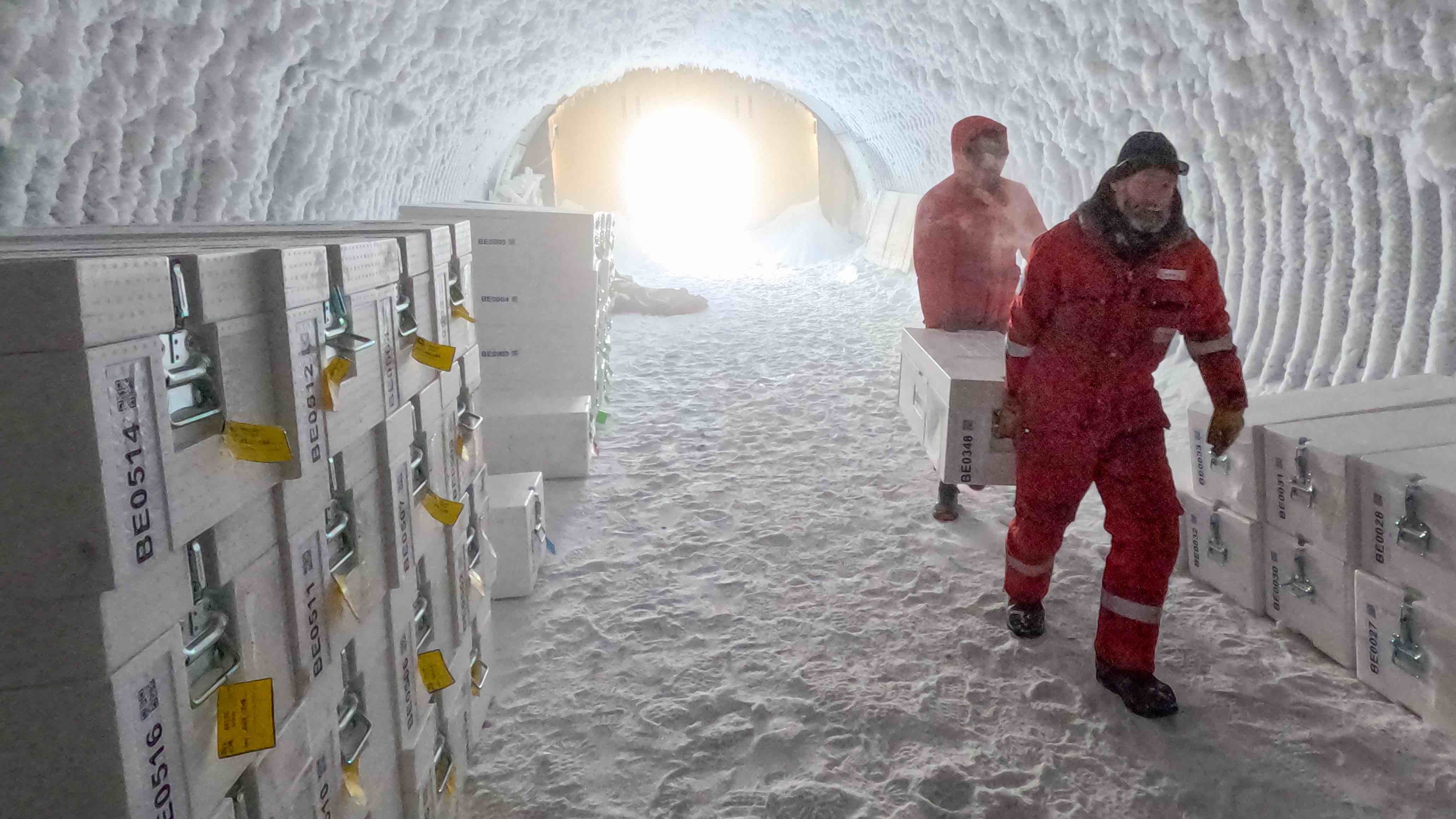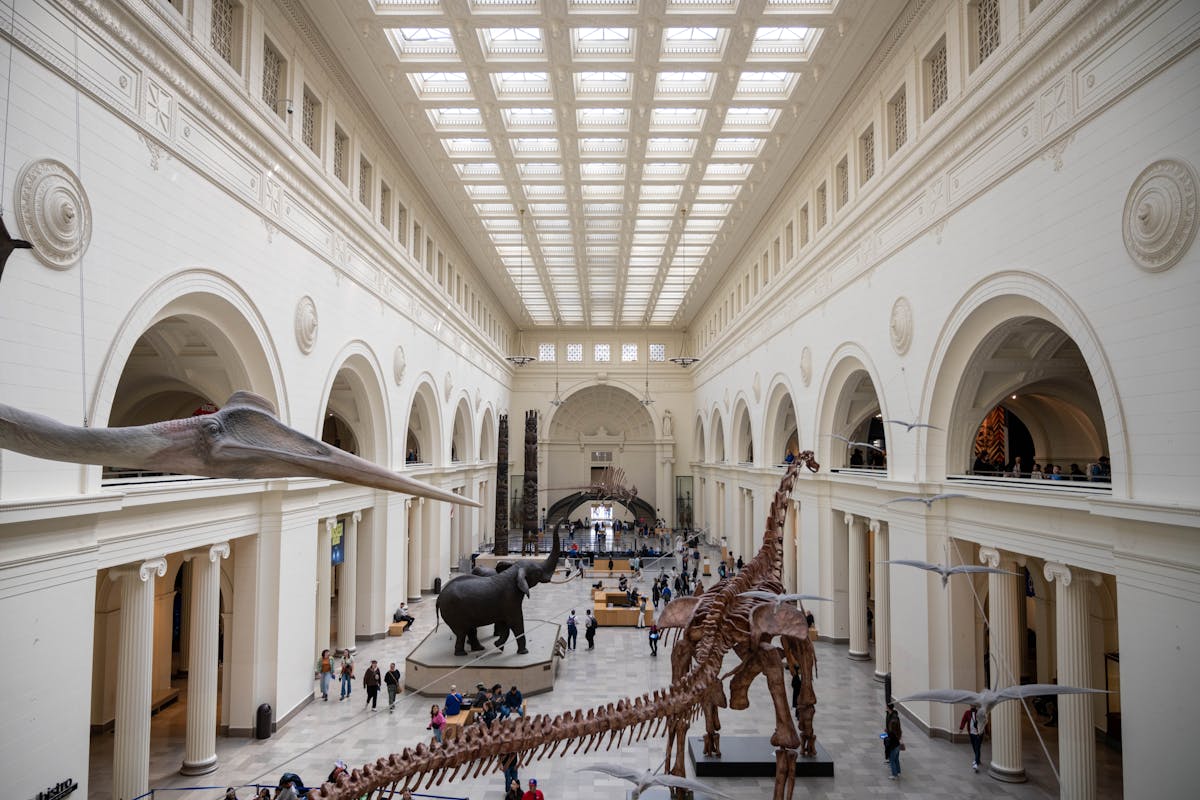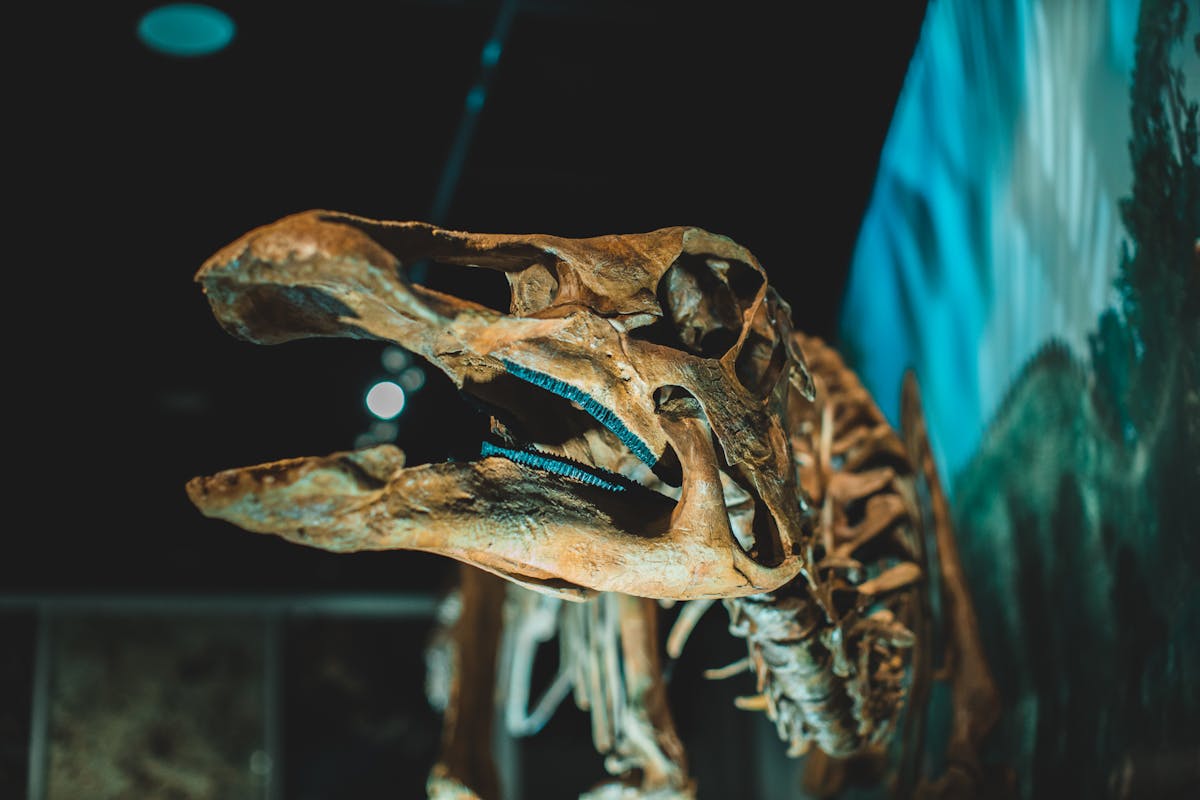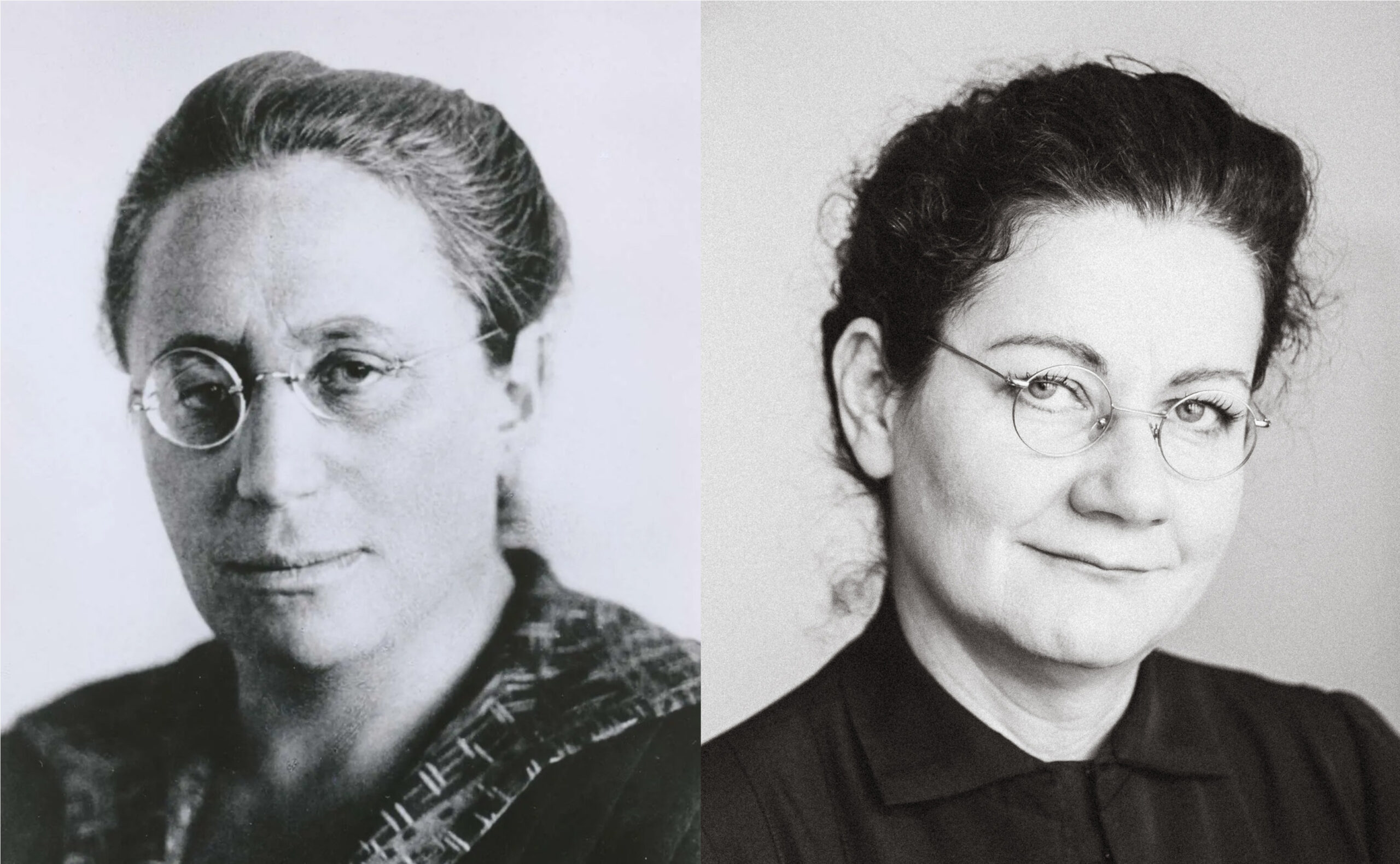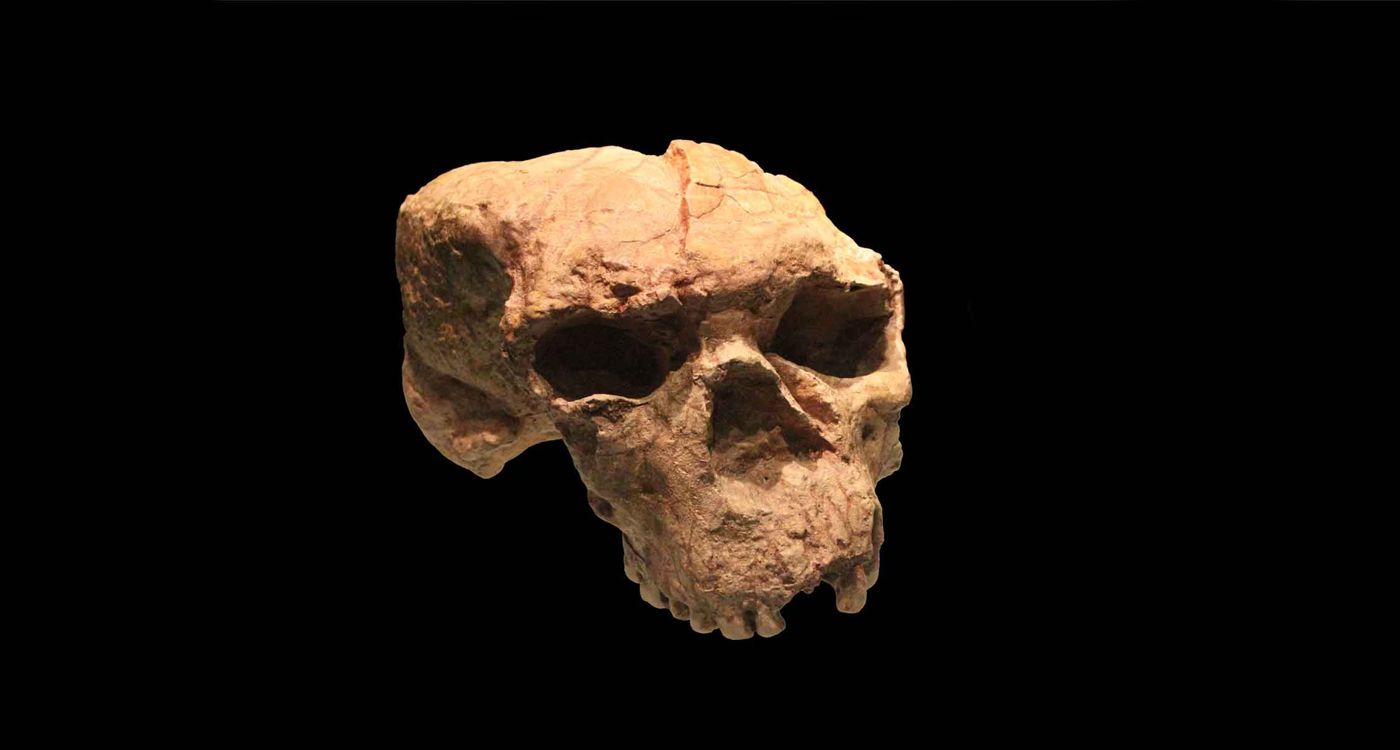A unique specimen of ice, estimated to be 1.5 million years old, has been retrieved from Antarctica and will soon be melted—not to be discarded but to serve in a pioneering scientific project. This mission aims to reveal hidden insights about Earth’s prehistoric climate, potentially providing a more comprehensive view of atmospheric changes over history and aiding scientists in comprehending the speed and effects of today’s climate change patterns.
The ice, carefully drilled from deep beneath the Antarctic surface, is believed to contain trapped air bubbles from an era long before humans walked the Earth. These frozen air pockets serve as time capsules, preserving traces of the atmosphere from a period that predates modern civilization by more than a million years.
In a controlled laboratory setting, the melting of ice helps researchers to capture and study the gases trapped inside the bubbles within it. Of particular interest to them is carbon dioxide, a greenhouse gas crucial for regulating Earth’s temperature. By examining historical CO₂ levels and contrasting them with modern measurements, scientists can trace Earth’s climatic variations over time, offering valuable understanding of natural climate cycles, such as glacial and interglacial phases.
What makes this ice sample especially valuable is its age. Most ice cores previously studied by climate scientists reach back roughly 800,000 years. This newly recovered core extends that timeline by nearly twice as much, offering a rare opportunity to observe the atmospheric conditions of a period that has, until now, remained largely inaccessible to modern science.
The extraction and preservation of the ice required a complex logistical operation, carried out in some of the most remote and inhospitable terrain on Earth. Specialized drilling equipment was used to reach more than two kilometers below the Antarctic surface, where the ancient ice was buried under countless layers of younger snow and ice. Once retrieved, the ice was kept frozen during transport and stored under strict temperature controls to prevent any contamination or degradation.
With the sample now at the research facilities, the subsequent phase includes methodically thawing portions of the ice under strictly controlled settings. This process enables researchers to separate the gases and isotopes inside, which can afterwards be analyzed with cutting-edge analytical instruments.
The main aim of the study is to enhance climate models and fine-tune forecasts concerning future environmental shifts. By comprehending how carbon concentrations and global temperatures changed over more than a million years, insights may be gained into how current human-caused emissions could transform the Earth in the upcoming centuries.
Esta investigación también tiene repercusiones en otras áreas, como la geología, la oceanografía e incluso la biología evolutiva. Las alteraciones en el clima del planeta han provocado históricamente modificaciones en los ecosistemas, los niveles del mar y los patrones climáticos, lo que a su vez ha impactado el desarrollo de la vida en la Tierra. Al examinar tales muestras ancestrales, los científicos aspiran a descubrir más sobre cómo los cambios climáticos del pasado influyeron en la biosfera de la Tierra, y qué podría implicar eso para la vida en el futuro.
The results from this project aim to add to the increasing collection of data utilized by the worldwide scientific community to support enhanced climate action. By providing insight into the Earth’s ancient history, this melted ice may guide future decision-making processes.
